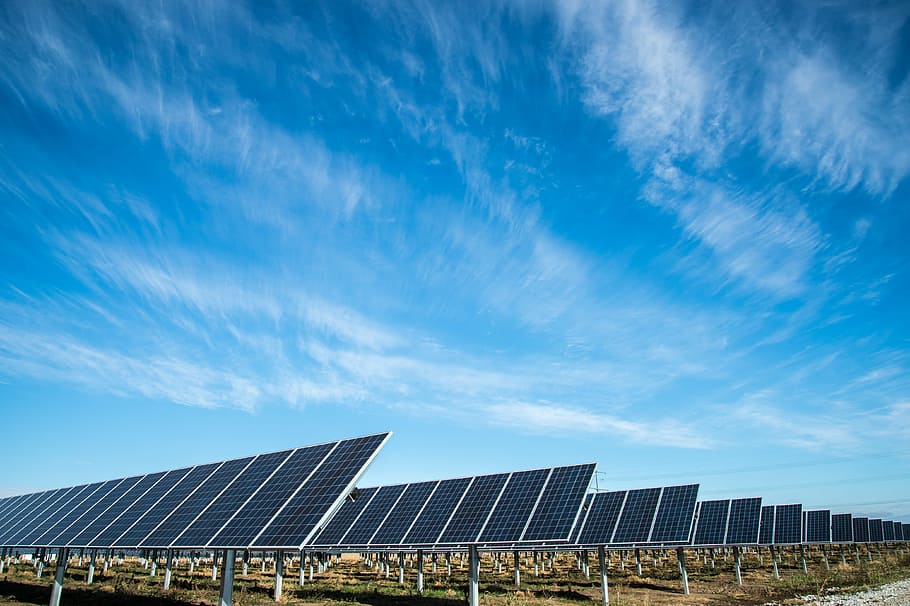
Our experience in energy efficiency is more than 10 years. In our understanding, high energy efficiency is when the owner or user of the building pays as little as possible for utilities such as electricity, heat, water, gas and more.
Unfortunately, Russian regulations (JV 50.13330.2012 Thermal Protection of Buildings) regulate energy efficiency only in terms of building heat savings. Which often doesn’t affect how much the user will end up paying.
In our work, we use international standards and practices to optimize utility costs. For example, standards such as ASHRAE 90.1-2016. This standard takes into account all aspects of energy consumption by the building and the surrounding area and continuously improves, updated every three years.
Building energy efficiency – 6 steps
To achieve high energy efficiency you need to treat the building as a complex system. The energy optimization analysis goes from general to private:
- Location and climate analysis
At this stage we have to assess the temperature chart throughout the year, maximum and minimum temperatures, humidity, solar radiation and rose winds. This data is essential for the analysis of specific architectural and engineering solutions.
- Reducing loads
In the second place, we are engaged in reducing peak loads. The fact is that the total capacity of the equipment is selected precisely by maximum loads: thermal power, electric, refrigeration. For example, reducing peak electrical load can save not only energy consumption, but also the cost of connecting to utility networks and the cost of installed equipment.
Traditional methods are used to reduce heat loads:
- Insulation of walls and roof
- Window insulation
- Use of recovery on hoods
- Optimize glazing area
- Sealing fencing structures
- Using free energy
Here we are talking about passive technologies for heating and air conditioning, ventilation and lighting.
For passive heating, you can use:
- Sunlight energy for building heating
- High-capacity building materials, such as red brick or concrete. Such materials are heated when the heat and cool for a long time, when cool or vice versa work on cooling.
- Targeting the building to maximize the heating of the building by the sun.
For passive cooling, you can use:
- Natural airing when the outside temperature is lower than indoors
- Forced airing with ventilation.
- Design natural ventilation or combined ventilation.
- Use evaporative cooling. For example, a fountain in the atrium or a device of a special vertical mine in which water is sprayed. Water evaporates, cooling the air. This solution works well in a dry climate.
- The popular use of free-cooling. To do this, the air conditioning system should be equipped with dry coolers that divert heat from the building without turning on the refrigeration machines, when the street is cooler than in the building.
The maximization of natural light brings a big effect on saving electric energy. To do this,:
- Anti-aircraft lanterns on the roof area of 4-5% of the roof area
- Glazing at an altitude of 2 meters
- Light shelves on the resettlement to increase the depth of light penetration inside the building
- Special-shaped ceiling
- Light tones of finishing materials (ceiling, walls, floor)
- Special solutions are light tubes or optical light guides.
- Efficiency of engineering systems
The next stage of optimization is the energy efficiency of engineering systems and specific components.
First of all, you need to pay attention to the following components:
- Water and steam boilers. The efficiency of boilers is between 80% and 99%. For example, small condensation boilers have efficiency of up to 99%. A good industrial order of 90%.
- Refrigeration machines and air conditioners. The larger the building, the more efficient the refrigeration machines should be. Here is a general case of energy efficiency of refrigeration machines from more to less:
- Maximum
- Water-cooled centrifuges (centrifugal, turbocores, turbochargers) –
- COP 5.5 (IPLV)
- Average
- Water-cooled refrigeration machines (spiral, screw, piston)
- COP 4.5 (IPLV)
- Reduced
- Air-cooled refrigeration machines –
- COP 3 (IPLV q 4)
- VRF COP q 3
- Low
- The ventilation. The ventilation plants consume electricity, heat and cold. To optimize electricity, you need to reduce static pressure in ducts, reducing the number of turns, increasing the area of the section, reducing the length and number of devices in the channels. A premium electric motor with a fan is also selected. The integral indicator of the efficiency of the machine’s vent is the SFP (specific fan power) factor. The SFP shows how much the ventilation machine spends energy on moving 1 liter of air per second. Dimension of w/l’s. Also, to save heat and cold, the vent-installation will be equipped with a recuperator. The most effective is considered rotary, then plate and glycol. Unfortunately, rotary is not everywhere you can use, because part of the exhaust air is mixed with the inflow. Even in ventilation installations use the technology of air saver. This technology is rarely used in Russia. And for nothing because often it is very effective. The bottom line is that the ventilation machine uses the outside air to cool or heat the building. For example, if the building is cool and the street is warm, the vent installation gives warm air to the building, and vice versa, if the building is hot and the street is cool, the vent installation feeds cool air from the street to the building. This often happens in the off-season (autumn or spring)
- Lighting. First of all, you need to reduce the installed power. To do this, we use high-performance LED lights. The selection of lamps should be done carefully with a reserve of 20-30%. As LED lights fade over time. Next, we use natural light and presence sensors. When there is enough light in the room or there are no people, the lights are turned off automatically.
- Heat pumps. Heat pumps, in fact, work as air conditioners. A normal air conditioner is an air heat pump. If the system is turned in the opposite direction, it can heat the building. This solution can be effective in VRF systems or in central air conditioners in the off-season, when the heating is off and the building should be heated. This is about 3-4 times more efficient than direct electric heating. There are also heat pumps that use the heat of the ground or water. Such heat pumps pay well if there is no cheap gas in the building. The system should be used in summer for air conditioning, and in winter for heating. In this case, the heat pump gives the maximum economic effect.
- Energy regeneration.
Part of the building can identify energy sources that can be re-ined. We’ve already written above about recovery in ventilation systems. You can also supply the elevator with a regenerator, which will generate energy when descending for their own needs.
If the building has large heat excesses, for example from technological processes (date centers, cooking, kitchen, etc.), then this heat can be used for heating.
There is also a recovery of sewage to preheat the water for hot water.
- Renewable energy
Once we have fully optimized our energy consumption, it is worth considering renewable energy sources. Renewable energy sources include:
- A solar power plant. Solar panels have become much cheaper in the last three years. They also have high energy efficiency. For example, installing high-quality solar panels with 100 kW inverters in Moscow will cost you only 4,200,000 rubles. This system will generate about 100,000 kWh of energy per year. And the payback period of such a system will be 8-9 years.
- Wind turbines. Wind turbines make sense to put in two cases. The first is when there is a stable wind. The second is when you put an industrial wind generator with a capacity of 100 kW. Better more than 1 MW. In our experience, low-power wind turbines have a fairly long payback period, and industrial have a payback period of 7 years. Large wind turbines tend to have high energy efficiency.
- Solar collectors (heleosystems). This system is used to heat water with the help of the sun. Water is heated on sunny days and stored in a drained tank. This solution is especially effective if there are problems with connection to gas, and the building uses a lot of energy for hot water, for example small hotels on the Black Sea coast in the Krasnodar region or in Crimea. The energy efficiency of solar collectors has been proven by practical experience in Mediterranean countries.
- Biomass/biofuel boilers. If you have raw materials (furniture waste, agricultural waste, wood waste), you can consider building a boiler room on biomass.
- Hydropower plants. Low-power hydropower plants are also renewable energy sources.
- Geothermal stations. Geothermal stations are quite rare, but they are also renewable energy sources.
Following this method to improve energy efficiency, you can very much reduce the cost of energy consumption. For example, you can reach an energy-neutral building. Or buildings with neutral greenhouse gas emissions.
However, you can’t use all the technologies at once and recklessly. To evaluate architectural and engineering solutions in dynamics throughout the year, we are building a digital building lookalike on which we test different options and combinations of solutions.
Read also about energy optimization services using the building’s digital twin



